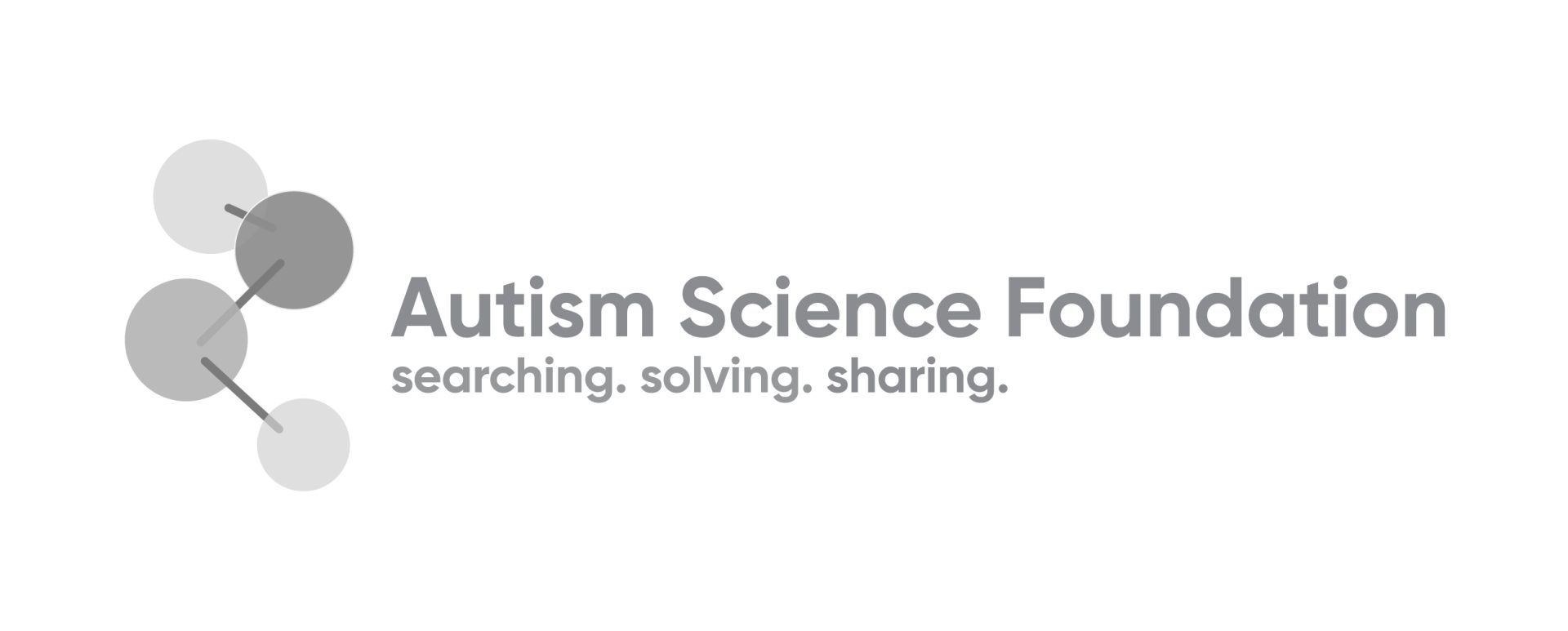A new animal model of autism appeared this week: the monkey. This adds to the ever growing list of different model systems from autism, from fruit flies to mice and rats now up to monkeys. Are these animal models useful and for what, and why isn’t there just ONE model of autism rather than the dozen that exist? This week’s podcast discusses research from scientists at the UC Davis MIND Institute and what they are doing to improve these models of ASD.
This week’s podcast includes a summary of the new study, this time in an animal model, looking at microbiome transplantation. Because this was more of an experimental model, the researchers could be more rigorous in their design and look at things like behavior, brain activity, and specific biological pathways. While a mouse does not have autism, transplantation of the autism microbiome resulted in autistic-like behaviors. Second, a hopeful message of the value of participating in research on outcomes – those infants that were tracked prospectively showed improved outcomes later on, suggesting that all of the extra attention they get leads to a reduction in symptoms and an improvement in adaptive behavior. Even if you do not have a family history of autism – participate in research. It’s good for your child, and it’s good for other people’s children. Listen to the podcast here.
Twins with autism, where either one or both is diagnosed, is crucial to understand the role of genetics and the environment to both autism diagnoses and now, autism traits. In a study this week, researchers using data from the California Twins Study examined the genetic and environmental influences of brain development in multiple regions and measures. While estimates of genetic and environmental influences can only be modeled in twins, they can be experimentally tested in animal models. Researchers at the University of Washington investigate what causes the link between air pollution in humans and autism by studying diesel fuel exhaust in pregnant mice. Finally, across all of these disparate animal studies – does anything pull them together. Are these models all one-offs or do they have anything in common? It turns out disruption in normal brain activity is one thing that they have in common, and something that is at the common core of ASD neurobiology. Listen to the podcast here.

